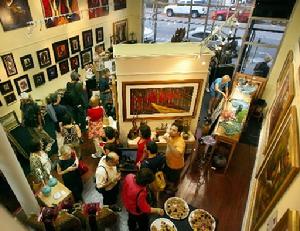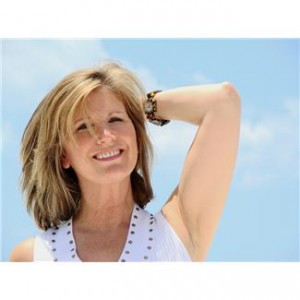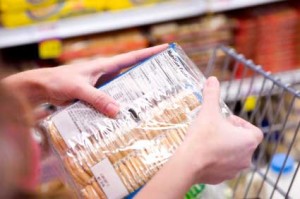 Nutrition labels are a slippery slope. While most packaged foods contain multiple servings, the single serving nutrition facts on the label lull many health-conscious eaters into a false sense of security.
Nutrition labels are a slippery slope. While most packaged foods contain multiple servings, the single serving nutrition facts on the label lull many health-conscious eaters into a false sense of security.
And before we know it, we’ve already consumed 2.5 servings of our “healthy” snack…just like that.
According to a new study commissioned by the FDA, this is a pretty common scenario.
In order to determine which design conveyed health information the most clearly, researchers redesigned food labels and tested them against standard ones. In one revamp, nutritional information was separated into two columns when a package contained multiple servings. The first column indicated stats for a single serving, while the second offered nutritional details on the entire package. In another revision, packages were only labeled with the latter info.
Researchers then assigned these labels to a bag of chips and a frozen mealand tested them on a group of consumers. The result? Participants were more inclined to consider a food “healthy” if they only saw nutritional info on a single serving, which is what’s currently on labels.
Don’t let the nutrition labels fool you. Next time you reach for a smart snack, check out these three most important nutritional details:
Ingredients. Read the ingredients in every packaged food you eat, and you’re bound to find some surprises. (There are at least 10 covert names for sugar.) Ingredients are listed from the biggest component of the product to the smallest.
Conversion.Download a handy conversion app on your smartphone and measure out servings.Pro-tip: 28 grams equals one ounce equals 1/8 cup, which is the average serving of cheese. If you don’t have a measuring cup handy, know that would be a piece of cheese roughlyequivalent to the end of your pointer finger.
Units. Pay attention to the units on your food label. Know roughly how much a gram, milliliter, or milligram is to avoid overdoing it on ingredients (such as salt or saturated fat) or portions.
Share your portioning tips below!
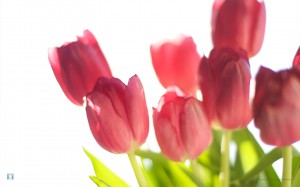
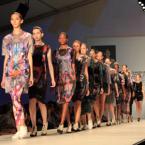

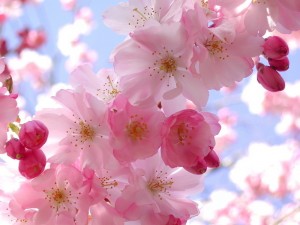
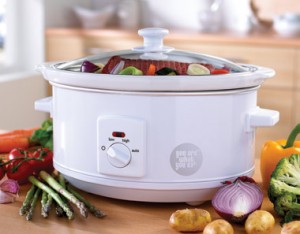
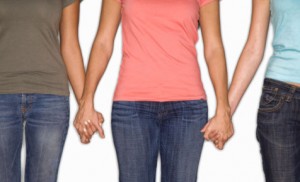
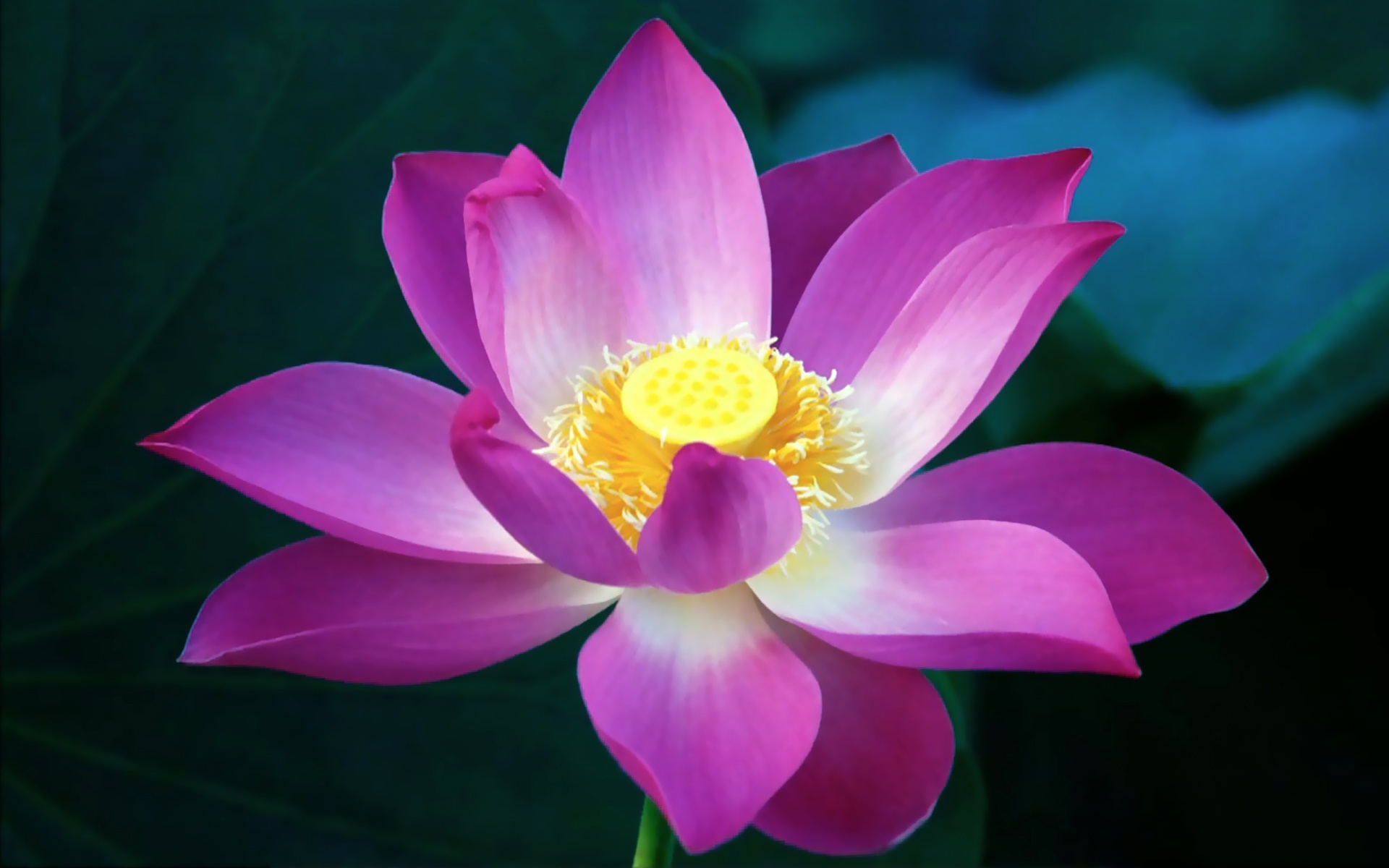 The following question is answered by Dr.James Craigie of
The following question is answered by Dr.James Craigie of 